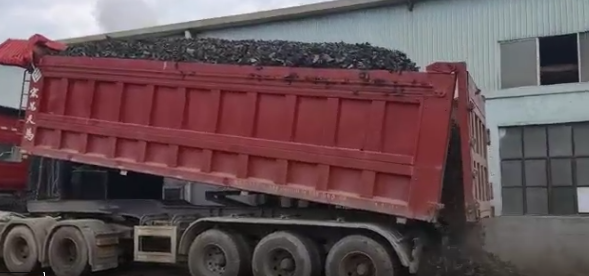- PRODUCTS
- SOLUTION
- SERVICE
- NEWS
- ABOUT US
A trailer supports itself with axles at both ends, carrying up to 5,000 pounds, ideal for small tasks. A semi-trailer, reliant on a tractor’s fifth-wheel coupling, carries up to 80,000 pounds, suiting heavy loads like freight.
Trailers typically connect with either a ball hitch or a pintle hook, which can handle up to 2,000 to 20,000 pounds, depending on the vehicle type. For instance, a regular pickup truck, say an F-150, has a capacity for towing of about 13,000 pounds and would handle a utility trailer carrying landscaping tools or small construction equipment with ease.

The most common type is a tipper chassis trailer, which normally would attach itself to the tractor unit through a fifth-wheel coupling, and is mainly used in construction. A 40-ton tipper chassis trailer would have a capacity for 80,000 pounds of loose material. A hydraulic system, normally operating on 2,000 psi, is usually available to the operators for efficient management of the tip.
The capacities and sizes vary in tipper chassis trailers. Smaller, 20-feet length models are fitted for urban construction projects and carry 15,000 pounds of material. Larger versions, over 40 feet in length, have the capacity to move upwards of 50 tons of aggregate per trip on highway projects. These can cost anywhere between $25,000 and $60,000, while higher-end versions come with an advanced hydraulic system and reinforced chassis for heavy operations. This proper maintenance extends their lifespan of about 10 to 15 years and may also involve inspection of hydraulic lines and chassis integrity.
This can replace up to 20 truckloads with just one 40-ton trailer. Therefore, overall cost and time for a particular project would decrease. For good weight distribution and maneuverability, operators may employ dual-axle or tri-axle configurations with each axle; this greatly reduces wear on the tires.
The size of the trailers ranges from small, 4 feet by 8 feet, which would be fine for personal use, to up to 20 feet for more commercial tasks. A 6-foot by 12-foot trailer can carry 2,000 pounds of equipment and is perfect for landscapers who need to move around with lawnmowers and tools. These trailers cost anywhere between $500 and $5,000, depending on the materials used. Lighter materials, like aluminum, are more expensive than steel.
Semi-trailers are huge, with standard lengths of 48 to 53 feet and as wide as 8.5 feet. The capacity of a 53-foot dry van semi-trailer can hold up to 26 standard pallets, equal to approximately 45,000 pounds of goods. These trailers sometimes have special additions, such as hard-wired flooring or refrigeration units inside the cargo space; depending on specifications, these increase their prices from $30,000 to $70,000. Their yearly maintenance costs are normally around $5,000 for semi-trailers, which include new tires, brake systems, and structural checks.
A homeowner can haul 1,000 pounds of gravel in the back of a small trailer with a mid-size pickup truck. Semi-trailers, vital to the retail and agricultural industries, move bulk products-like 30,000 pounds of produce-across state lines within legal weight limits.